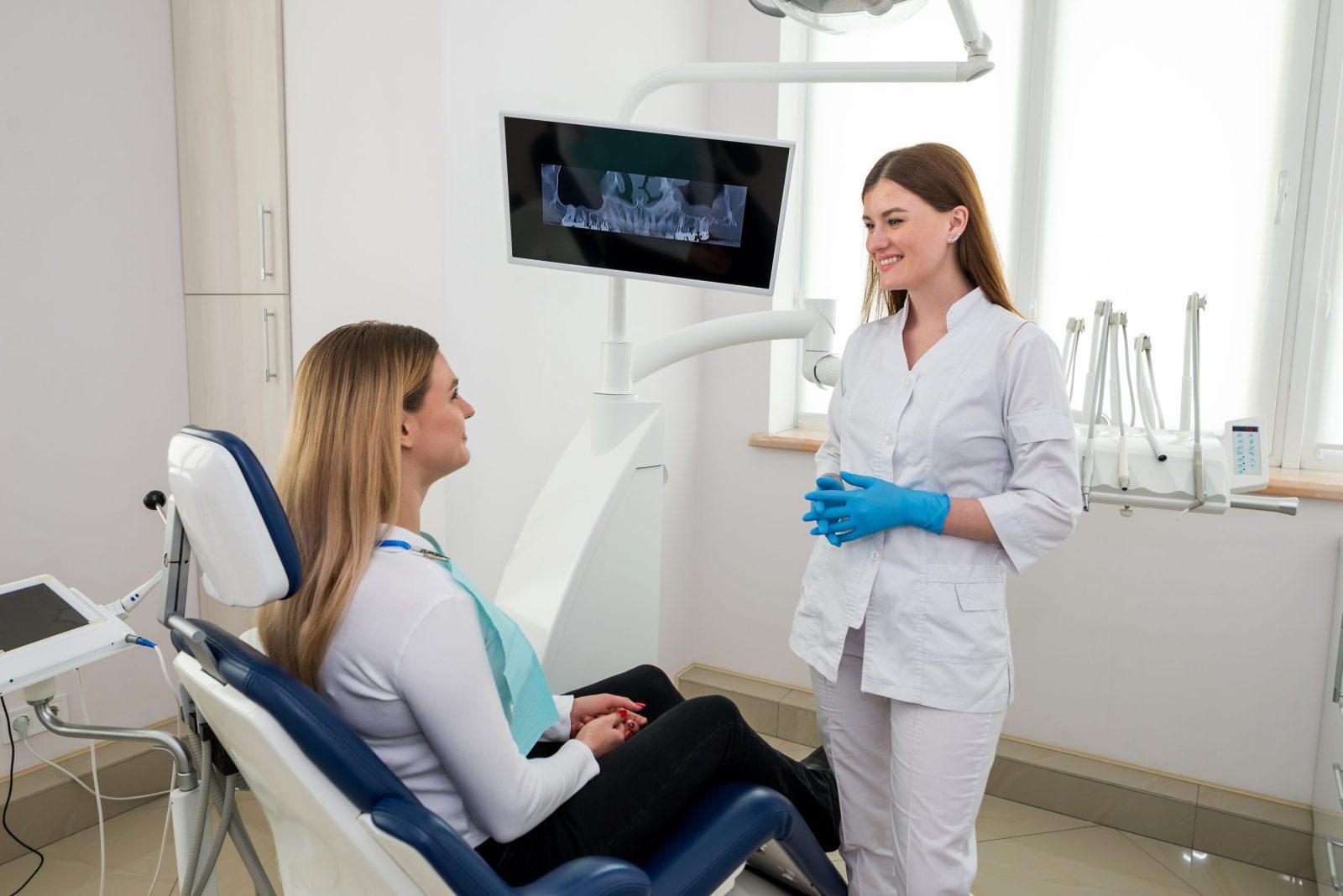As healthcare professionals, especially within the dental field, you play a crucial role in the early detection and prevention of abuse and neglect. This P.A.N.D.A. (Preventing Abuse and Neglect Through Dental Awareness) Training program is designed to equip dental professionals with the knowledge and tools necessary to recognize the signs of abuse and neglect in patients, particularly those who may be vulnerable or unable to speak up for themselves. This training not only raises awareness but also empowers dental teams to take action, ensuring that they can contribute to the safety and well-being of their patients.
What You Will Learn:
- Specific signs that may suggest a patient is experiencing abuse or neglect
- Legal and ethical obligations of dental professionals in reporting suspected cases of abuse and neglect
- Correct procedures for documenting and reporting suspected abuse and neglect to appropriate authorities
Details:
Course length: 1 hour and 15 minutes; CME: 1.25
Languages: American English
Key features: Audio narration, learning activity, and post-assessment.
Get Certified
American Medical Compliance (AMC) is a leader in the industry for compliance, Billing, and HR solutions. To become certified, please visit us at: American Medical Compliance (AMC).
Reach out for other courses by visiting the AMC Course Library.
Understanding Child Abuse and Neglect
The World Health Organization (WHO) provides a comprehensive definition of child maltreatment, describing it as “all forms of physical and emotional ill-treatment, sexual abuse, neglect, and exploitation.” This broad definition underscores the variety of ways in which a child’s well-being can be compromised. As dental professionals, understanding this definition is crucial. Recognizing these signs is the first step in safeguarding vulnerable children.
Federal Legislation and State Laws on Abuse and Neglect
Federal legislation establishes the foundation for state laws on child maltreatment. Additionally, this framework ensures that all states have a consistent baseline for defining and addressing child maltreatment.
Recognizing Physical Abuse
Physical abuse involves nonaccidental physical injury inflicted on a child by a parent, caregiver, or another person responsible for the child’s care. Furthermore, this type of abuse can manifest in various harmful actions, including punching, beating, kicking, biting, shaking, throwing, stabbing, choking, hitting (with a hand, stick, strap, or other object), burning, and any other behavior that results in physical harm. As dental professionals, it’s essential to recognize the signs of physical abuse, as injuries to the face, head, and neck are often visible during routine dental examinations.
Identifying High-Risk Situations
Recognizing high-risk situations and the signs and symptoms of maltreatment is crucial in protecting vulnerable children. As a healthcare provider, your ability to identify potential abuse can make a significant difference. If you suspect a child is being harmed, reporting your concerns is a critical step to protect the child and provide the family with the necessary support and assistance.
Professionals Required to Report Abuse and Neglect
Certain professionals are legally required to report suspected cases of child abuse and neglect. As a mandated reporter, you have a legal and ethical duty to protect vulnerable children by reporting any signs or suspicions of maltreatment. Moreover, your role is crucial in ensuring that at-risk children receive the intervention and support they need.



